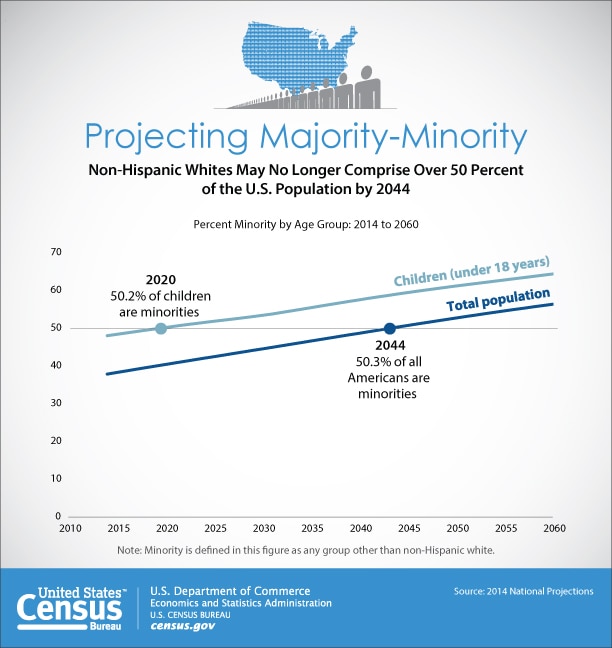The Face of Japan Is Changing, But Some Aren’t ReadyPosted in Articles, Asian Diaspora, Census/Demographics, Media Archive on 2015-03-15 01:41Z by Steven |
The Face of Japan Is Changing, But Some Aren’t Ready
Kokatu
2015-03-13
Change happens slowly in Japan, but it does happen. You wake up one day, and things that weren’t possible years ago are happening today. Nowhere is that more evident than in the woman who will represent Japan in the Miss Universe pageant—but that’s to the chagrin of some who wanted a more “Japanese” winner.
Eriana Miyamoto is the twenty-year-old selected to represent Japan in the upcoming Miss Universe pageant. As reported by Mainichi News, Miyamoto even expressed uneasiness as to whether or not it would be okay for a hafu [half-Japanese] like her to represent Japan.
When introducing herself to reporters after her selection, Miyamoto said that her mother is Japanese and her father is American. She added that she was born and raised in Nagasaki and that while she doesn’t “look Japanese” on the outside, on the inside, there are many Japanese things about her…
Read the entire article here.




